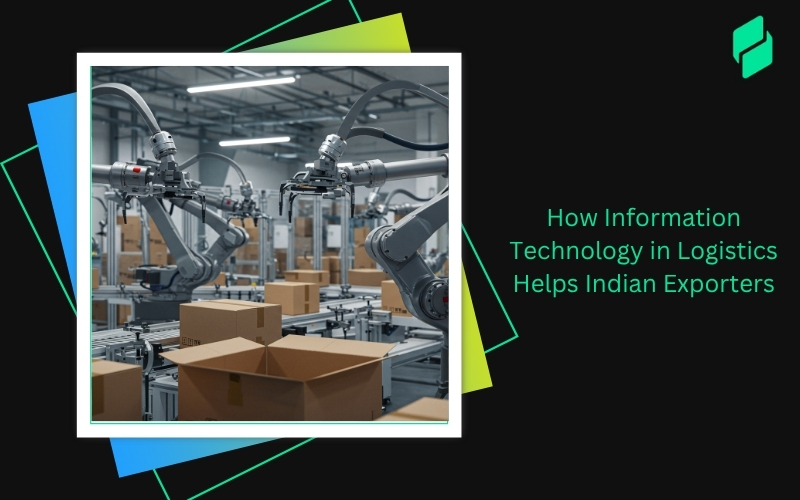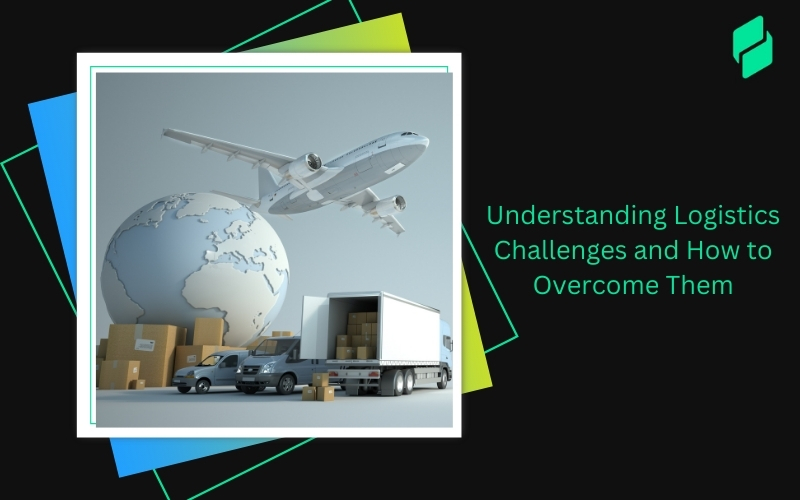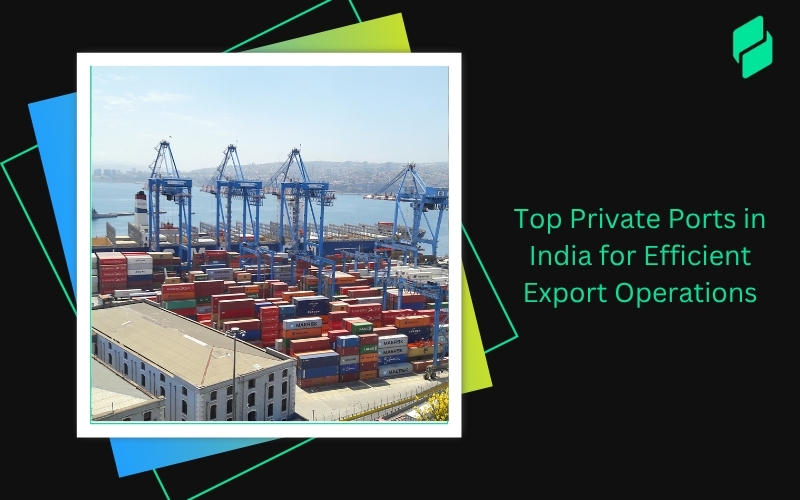Optimize your business: use unlimited savings with Pazago fulfilled now!
Get Started ->Have you ever wondered how customs officials determine the amount you must pay to import documents into a country? This figure, known as the "customs value," is crucial for assessing duties and taxes on imported goods, including documents.
Let’s dive into what customs value means, its importance, and the factors influencing its calculation.
What is Customs Value?
Customs value is the total value assessed by customs officials on imported goods. This value determines the duties and taxes applicable to goods entering a country.
It represents the transaction value of the goods, including adjustments for certain elements defined by the customs authority.
Importance of Determining Import Duty
Customs value is fundamental in calculating the import duty amount that must be paid. This duty is typically a percentage of the customs value, making it a pivotal figure for any business involved in international trade.
Understanding how this value is determined helps businesses forecast costs and price their products competitively.
Factors Included
Several factors contribute to the customs value, making its calculation a detailed process:
- Commissions: Fees paid to agents or intermediaries involved in purchasing the goods.
- Packing Costs: The cost of packing the goods for shipment.
- Transportation Costs: Expenses incurred to bring the goods to the point of importation, including freight and insurance.
Purpose of Customs Valuation
1. Promoting Fair Trade: Customs valuation helps level the playing field in international trade. Assessing goods at their actual market value prevents countries and businesses from gaining unfair competitive advantages through under or over-invoicing, ensuring all players adhere to fair trade practices.
2. Ensuring Accurate Revenue Collection: Correct customs valuation is crucial for accurate duty and tax collection, a significant government revenue source. This revenue funds essential public services and infrastructure, underpinning countries' economic development.
3. Generating Trade Statistics: The data gathered from customs valuation is invaluable for economic analysis and policy-making. It provides governments and international bodies with accurate trade statistics, essential for crafting informed trade policies and negotiating trade agreements.
4. Harmonization Across Countries: Adhering to World Trade Organization (WTO) guidelines, customs valuation helps harmonise customs practices globally. This consistency ensures that goods are valued similarly across different countries, simplifying international transactions and reducing trade barriers.
5. Prevention of Smuggling: Customs valuation reduces the incentives for smuggling by ensuring that all goods are fairly and accurately valued. It also helps customs authorities detect discrepancies in shipment values that may indicate smuggling or other fraudulent activities, safeguarding the economy and security of nations.
Why Understanding Customs Value Matters
Understanding how customs value is determined is crucial for businesses engaged in international trade. Not only does it affect the cost of importing goods, but it also impacts compliance with global trade regulations. Ensuring your goods are correctly valued can prevent costly delays, fines, and damage to your business reputation.
Also Read: Exploring Methods In International Trade Finance
Fair Trade, Smooth Sailing!
With Pazago's comprehensive support, you can promote fair trade and precise revenue collection. Our robust trade fulfilment services ensure hassle-free customs, protecting every shipment and properly valued.
Methods of Calculating Customs Value

1. Transaction Value Method
Calculating customs value is critical for accurate duty and tax assessments when importing goods. The Transaction Value Method is the most commonly used approach, providing a fair and transparent calculation based on the actual price paid or payable for the goods.
This method includes specific adjustments to ensure that the declared value reflects all costs of bringing the goods to the port of importation.
Key Components of the Transaction Value Method
1. Base Price and Adjustments:
The transaction value starts with the base price of the goods, as stated in the commercial invoice. However, this value is often adjusted to include several additional costs:
- Commissions and Brokerage Fees: These are added, excluding buying commissions.
- Packing Costs: The costs of packing materials and labour are included.
- Transportation and Insurance: Costs incurred up to entry are added to the customs value.
- Assists: The value of any goods or services the buyer provides to the seller free of charge or at a reduced cost is also included.
- Royalties and License Fees: If these are paid as a condition of sale, they must be added to the customs value.
2. Sub-Types of the Transaction Value Method:
- Transaction Value of Imported Goods: This is the primary approach, where the customs value is based directly on the price paid or payable for the imported goods.
- Transaction Value of Identical Goods: Used when identical goods, with the same characteristics and origin, have already been imported, and their transaction value is applied to the current goods.
- Transaction Value of Similar Goods: Applied when goods share similarities in material and function but are not identical. This method considers goods that are interchangeable and perform the same functions.
3. Conditions for Validity:
The transaction value method applies only when there is a bona fide sale between unrelated parties, and the price reflects the goods' actual value. Customs authorities must have no reason to doubt the accuracy of the declared value.
4. Importance and Benefits:
This method is preferred for its transparency and fairness. It ensures that importers pay the correct duties based on the costs incurred. This straightforward approach reduces the risk of disputes with customs authorities, provided all documentation is accurate and complete.
Also Read: Import And Export Services: Basic Guidelines And Procedures
2. Deductive Value Method for Calculating Customs Value

The Deductive Value Method calculates customs value by identifying the price at which goods are sold in the importing country. More specifically, it involves determining the unit price at which the largest number of goods is sold to unrelated buyers at the first level of trade after importation.
This method is highly dependent on the post-importation sales data and aims to establish the value of goods based on actual market conditions.
Key Steps in the Deductive Value Method:
1. Identify the Unit Price:
The unit price refers to the price at which the goods are sold to an unrelated buyer in the country of importation, typically at the first level of trade after importation.
This price must reflect the greatest aggregate quantity sold, meaning the highest sales volume at a specific price point.
2. Apply Deductions:
Several deductions are applied to the identified unit price to arrive at the customs value:
- Commissions and Profits: Deduct the sum of commissions, profits, and general expenses related to the sales in the importing country.
- Transport and Insurance Costs: Deduct costs incurred after importation, including domestic transportation, insurance, and handling fees.
- Customs Duties and Taxes: Customs duties and taxes paid within the importing country are deducted.
3. Timing of Sales:
Sales must occur within the same time frame as importing the goods being valued. If no such sales exist, sales up to 90 days after importation can be considered.
4. Conditions:
Customs authorities may resort to the Deductive Value Method under the following circumstances:
- Absence of Sale in the Importing Country: When the goods are not sold in the importing country, it is impossible to determine a sale price.
- Related Party Transactions: If the sale is between related parties, such as parent and subsidiary companies, and the Transaction Value Method is deemed unsuitable due to potential bias.
- Special Conditions Affecting Sale Price: Situations where the sale price is influenced by factors unrelated to the actual value of the goods, such as long-term agreements or resale price maintenance.
- Non-Existence of Identical or Similar Goods: When identical or similar goods are unavailable in the importing country to establish a comparable sale price.
Also Read: Definition, Types, and Effects Of Tariffs In International Trade
3. Computed Value Method for Calculating Customs Value
The Computed Value Method is a specialised approach used when other methods, like the transaction or deductive methods, are not applicable.
It calculates customs value based on the cost of production, adding reasonable amounts for profit and general expenses. This method is rarely used due to its complexity but is vital in certain scenarios.
Key Components of the Computed Value Method:
1. Production Costs:
- Materials: The cost of raw materials, including transportation to the production site.
- Labour and Fabrication: Expenses for labour, assembly, and other processing activities.
2. Profit and General Expenses:
A reasonable amount for profit and general expenses is added, reflecting the sales of similarly classified goods in the exporter's country. This includes overheads like rent, utilities, and administrative costs.
3. Additional Costs:
Packaging, assistance, and any necessary engineering work costs are included. Furthermore, transport, insurance, and handling charges up to the place of importation are also considered.
The computed value method is particularly useful when a direct transaction value is not available. It requires detailed documentation and transparency between the importer and the exporter.
This method helps establish a fair and accurate customs value by accurately reporting all production-related costs and profits.
Also Read: Import and Export Trade: Understanding Its Impact and Strategies In India
4. Residual Value Method for Calculating Customs Value

The Residual Value Method is used when all other customs valuation methods fail to determine the accurate value of imported goods.
Unlike other methods, the residual method doesn’t follow a strict formula. Instead, it adapts elements from previously used methods, applying adjustments to ensure the final value is fair, reflects market realities, and meets the conditions of the transaction.
Key Features of the Residual Value Method:
1. Adaptability:
The residual method draws from transaction, computed, and deductive values. It allows customs authorities to apply adjustments based on available data, making it a flexible solution when standard methods are inadequate.
2. Market Reality:
The value determined must reflect commercial realities, meaning it should represent what the goods would reasonably be valued at in a normal market transaction.
3. Considerations:
Factors such as the relationship between buyer and seller, the condition of the goods, and any unique circumstances (e.g., goods provided at no charge) influence the final customs value under this method.
4. Limitations:
While flexible, the residual method requires customs authorities to avoid arbitrary or fictitious values, ensuring consistency and fairness across valuations.
The residual value method is often seen as a last resort due to its subjective nature. However, when applied correctly, it ensures that even the most complex import transactions are valued accurately, facilitating fair trade practices.
Precision in Every Transaction!
Refine your customs value calculations with Pazago’s detailed methods and comprehensive trade fulfilment services. Get accurate, competitive, and fully protected logistics solutions tailored to your needs.
Refine EXIM Trades with Pazago
Also Read: Guide on Calculating Ocean Freight Transit Times
Examples of Each Method for Calculating Customs Value
Here’s a detailed table summarising the examples for each method of calculating customs value in the context of the Indian EXIM industry:
Empower Your Trade!
Leverage Pazago's expertise from purchase order to delivery, mastering customs values effortlessly. Enjoy a worry-free experience with transparent international payments and reliable logistics.
Also Read: Understanding Customs Clearance Fees And Procedures In India
Customs Value vs. Declared Value: What’s the Difference?
Understanding the distinction between customs value and declared value is crucial when dealing with international trade.
1. Customs Value: The Basis for Duties and Taxes
Customs authorities determine the customs value, which calculates the duties and taxes due on imported goods.
This value may include the cost of the goods and other charges such as shipping, insurance, and associated costs up to the port of entry. Customs officials use this value to ensure that all import duties and taxes are accurately assessed based on the importing country's regulations.
2. Declared Value: The Importer's Assessment
Declared value, on the other hand, is the total value declared by the importer or exporter based on the actual transaction price of the goods.
This includes the cost of the goods, freight, insurance, and any other charges incurred until the goods reach their destination. The declared value is crucial for logistics and insurance purposes, as it helps determine the risk and liability associated with the shipment.
Importance of Accurate Declaration
The accuracy of the declared value is critical. Under-declaring can lead to penalties, fines, and customs disputes, while over-declaring can unnecessarily increase the cost of duties and taxes.
Ensuring that the declared value accurately reflects the actual cost of the goods and their transport is essential to maintaining smooth operations and avoiding conflicts with customs authorities.
Conclusion
Understanding and accurately calculating customs value is not just a legal requirement; it’s a key factor in ensuring smooth international trade operations.
Whether managing shipping logistics, calculating duties, or complying with regulations, getting the customs value right helps avoid costly disputes and delays with customs authorities.
It’s about more than just numbers—it’s about maintaining a reliable and efficient supply chain, keeping your business compliant with global trade standards, and safeguarding your bottom line in the competitive world of import and export.
Navigate Customs with Expertise!
End confusion and protect your business with Pazago's streamlined processes and digital solutions, including full cargo protection and transparent international payments.
Secure Your Shipments with Pazago
FAQs on Customs Value
1. What happens if I accidentally understate the customs value?
Understating customs value, even unintentionally, can result in fines, delays, or legal action. It may also lead to increased scrutiny of future shipments.
2. Can the customs value be zero?
Yes, customs value can be zero in specific situations, such as for samples with no commercial value.
3. Does the customs value include the shipping cost?
Yes, customs value generally includes shipping costs up to the port of entry.
4. Can importers dispute the customs value determined by authorities?
Yes, importers can dispute the customs value if they believe it was incorrectly calculated. This usually involves providing additional documentation or evidence.
5. Is it necessary to declare goods exempt from customs duty?
Yes, even goods exempt from customs duty must be declared, as accurate trade statistics are required for regulatory purposes.
6. What are the consequences of under-declaring customs value?
Under-declaring customs value can lead to significant penalties, including fines, additional duties, and possible legal actions. It also damages the credibility of customs authorities.
7. How does customs value relate to import quotas?
Customs value can influence whether import quotas apply, as higher-valued goods might trigger quotas or higher duty rates under specific trade agreements.
8. Can the choice of Incoterms affect customs value?
Yes, the choice of Incoterms can impact the customs value, as it determines which costs (such as freight and insurance) are included in the value calculation.
9. Are there any exemptions from customs value calculations?
Certain items, like promotional samples with no commercial value, may be exempt from standard customs value calculations and are subject to local regulations.
Got Questions? Get Answers with Pazago!
Stay informed and ahead of any issues with Pazago's reliable logistics support and real-time alerts. From understatements to complex customs evaluations, Pazago's network ensures you have all the answers at your fingertips.


.png)








